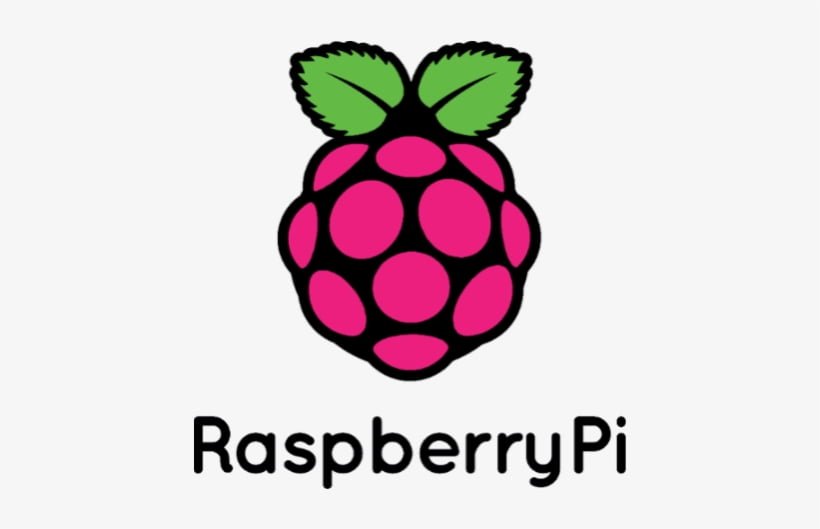
Monitoring Temperature and Humidity
In this guide, we’ll dive into the exciting world of sensor technology with the Raspberry Pi GPIO and learn how to use the DHT-11 temperature sensor to measure both temperature and humidity. Whether you’re interested in home automation, weather monitoring, or simply want to explore the capabilities of your Raspberry Pi, this project is an excellent starting point. We’ll cover the essential steps, from wiring the sensor to writing Python code, and show you how to display real-time temperature and humidity data. Let’s get started!
Materials Needed:
Before we begin, gather the following materials:
- Raspberry Pi (any model with GPIO pins)
- DHT-11 temperature and humidity sensor
- Breadboard (optional)
- Jumper wires
- Power supply for your Raspberry Pi
DHT-11 Sensor Library
We need to install the DHT-11 sensor library so we can have access to its functions. Open the Raspberry Pi terminal and enter the following command:
pip install dht11 -y
The Circuit:
Follow the circuit diagram below, the connections are as follows:
- Connect the sensor’s VCC (power) pin to a 3.3V pin on the Raspberry Pi.
- The sensor’s data pin should be connected to GPIO 17.
- Connect the sensor’s ground (GND) pin to one of the Raspberry Pi’s ground pins.

The Code:
import RPi.GPIO as GPIO
import dht11
import time
GPIO.setmode(GPIO.BCM) #numbering convention
myDHT=dht11.DHT11(pin=17) #GPIO17
try:
while True:
result=myDHT.read()
if result.is_valid():
print('Temperature is: ',result.temperature, 'Humidity is: ', result.humidity)
except KeyboardInterrupt: #ctrl + c always end with this
GPIO.cleanup()
print('GPIO Cleaned')Explanation:
- Import the
dht11library and set the GPIO pin to which the sensor is connected. - Create a loop to continuously read temperature and humidity data.
- Display the data if it’s successfully retrieved; otherwise, indicate a failure.
ctrl + cto quit the program and safely exit the GPIO.
Conclusion
With the DHT-11 sensor and your Raspberry Pi, you can easily monitor temperature and humidity for various applications. You can extend this project by logging the data, creating a web interface, or integrating it into a larger home automation system. Have fun exploring the possibilities of sensor technology with your Raspberry Pi.
Happy Tinkering Folks!
You can explore more of our Raspberry Pi guides here: Raspberry Pi for Beginners
Unlock the Possibilities
We have put together a list of some great Raspberry Pi products and deals: Shop Raspberry Pi Goodies Now!
